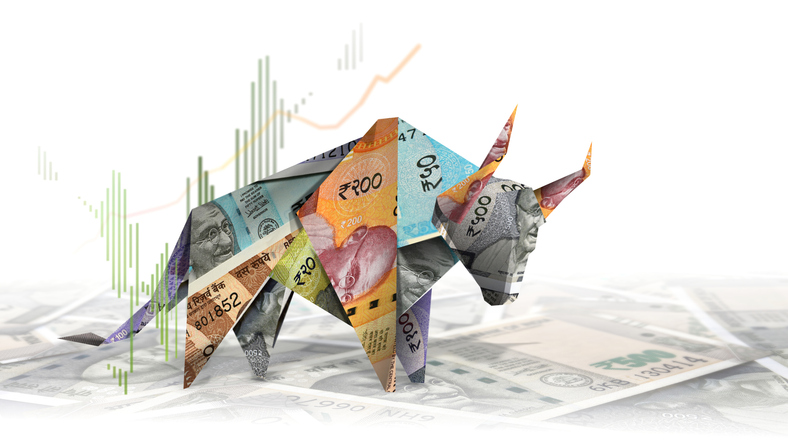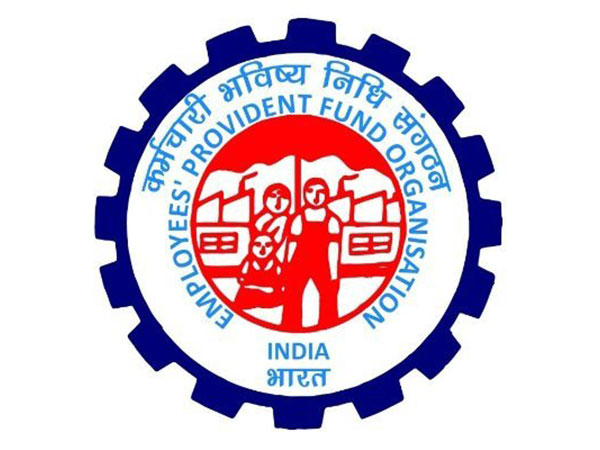India’s benchmark indices plummeted on Monday, mirroring a rout across Asian markets, as fears of a global recession and soaring prices intensified following a fresh wave of reciprocal tariffs imposed by U.S. President Donald Trump last week.
The Nifty 50 sank 5 percent, or 1,146.05 points, opening at 21,758.40, while the Sensex fell 5.29 percent, or 3,984.80 points, to start the day at 71,379.80.
All sectoral indices were in the red, with IT and metal stocks each sliding around 7 percent. Broader market indices were also under pressure — the BSE Midcap and Smallcap indices both declined by 6 percent in early trade.
Among the top laggards on the Nifty were Tata Steel, JSW Steel, Tata Motors, and ONGC.
Market experts warned that India is being swept into a wider global sell-off and called for urgent government action.
“India will face the heat, not due to domestic reasons, but as an interlinked chain in global portfolio flows,” said Ajay Bagga, banking and market expert. He stressed the need for “a fiscal, monetary, and reform package” to shield the domestic economy from the escalating global tariff war.
Bagga added, “Taking the cue from the $5.4 trillion 2-day meltdown in the U.S. markets, we are seeing unprecedented selling in Asian markets. Taiwan, which was closed on Thursday and Friday, saw a 20 percent drop, and Hong Kong fell 10 percent before some recovery.”
Sunil Gurjar, SEBI-registered analyst and founder of Alphamojo Financial Services, said the Nifty 50 displayed a strong bearish trend. “A big red candle indicated seller dominance, potentially pushing prices to new lows. The index has already broken one support level and is nearing a second. A breakdown below this would confirm a continued downtrend,” he noted.
In broader Asian markets, Japan’s Nikkei 225 dropped 5.79 percent, Hong Kong’s Hang Seng fell around 10 percent, and Taiwan’s Weighted Index plunged 9.61 percent in early trade.
South Korea’s KOSPI was down 4.14 percent, and China’s Shanghai Composite lost 6.5 percent at the time of reporting.
Australia’s S&P/ASX 200 also slid 3.82 percent, indicating that the market carnage had spread well beyond major manufacturing economies and was gripping the entire Asia-Pacific region.
(With inputs from agencies)




















